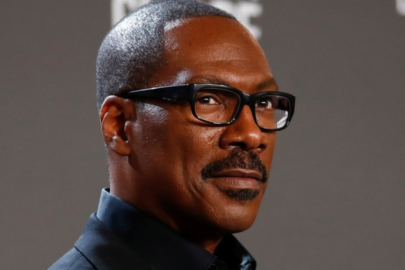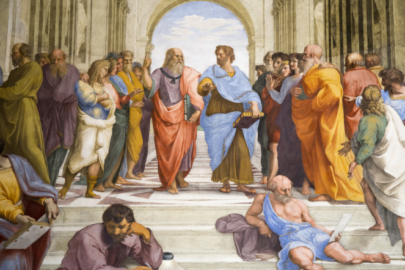The Smithsonian’s National Air and Space Museum Trophy for Lifetime Achievement was awarded this year to Stamatios “Tom” M. Krimigis, an innovative leader in space-program development who has made fundamental contributions to space science and exploration.
In the category of Current Achievement, the Trophy was awarded to the NASA’s Kepler Mission Team.
The awarding ceremony took place on March 25 at a black-tie dinner in Washington, D.C. Established in 1985, the award recognizes outstanding achievements in the fields of aerospace science and technology and their history. As in past years, Trophy winners receive a miniature version of “The Web of Space,” a sculpture by artist John Safer.
“The winners of the 2015 Trophy Awards have significantly advanced space exploration and discovery in major ways,” said Gen. J.R. “Jack” Dailey, the John and Adrian Mars Director of the museum. “Few individuals have contributed more significantly to our knowledge of the solar system in a single career than Dr. Krimigis, and the Kepler Mission Team’s accomplishments have altered our views of possible life on other planets in our Universe.”
Stamatios “Tom” M. Krimigis
Krimigis, recognized as an innovative leader in space-program development, has made fundamental contributions to space science and exploration. He has led or participated in space physics experiments deployed to all eight major planets, the only scientist in the world to do so. He has also made valuable discoveries in the physics of the solar wind and the magnetosphere of the solar system. He played a crucial role in transforming planetary exploration as one of the initiators of NASA Discovery, a planetary missions program, and as the leader of the Johns Hopkins Applied Physics Laboratory Space Department in the development of the NEAR Shoemaker, MESSENGER and New Horizons missions. Currently, he is involved in missions to Mercury, Saturn, Pluto and the heliosphere, and participating in path-breaking contributions to understanding the transition zone to interstellar space. In Greece, his native country, he is playing a critical role in encouraging the development of space science.

































